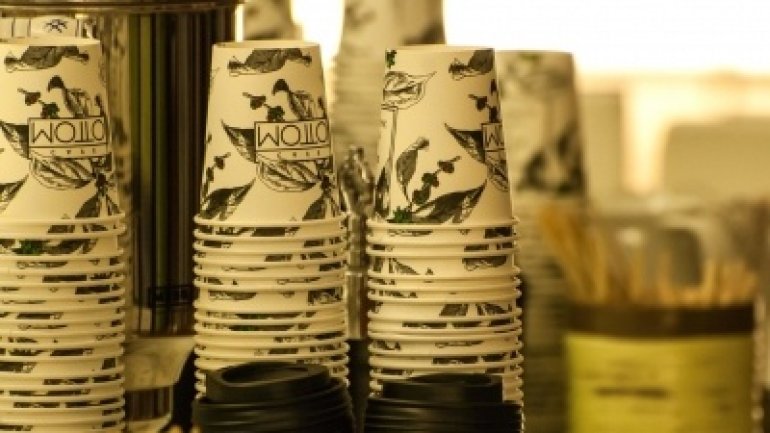New biomaterial could replace plastic laminates in packaging
 foto: PIXNIO
foto: PIXNIO
A recently published research conducted by researchers from the Penn State University introduced a compostable and economical alternative to plastic laminates in packaging and other uses that is argued to significantly reduce pollution.
The material is fully compostable, it constitutes a polysaccharide polyelectrolyte complex and it comprises nearly equal parts of treated cellulose pulp from wood or cotton, and chitosan, which is derived from chitin.
Chitin is mainly sourced from leftover shells from lobsters, crabs and shrimp consumed by humans.
The compostable barrier coatings are expected to have multiple applications, ranging from water-resistant paper, coatings for ceiling tiles and wallboard to food coatings to seal in freshness.
The lead researcher Jeffrey Catchmark, Professor of Agricultural and Biological Engineering at the College of Agricultural Sciences said to an interview with Science Daily: "The material's unexpected strong, insoluble adhesive properties are useful for packaging as well as other applications, such as better performing, fully natural wood-fiber composites for construction and even flooring”.
"And the technology has the potential to be incorporated into foods to reduce fat uptake during frying and maintain crispness. Since the coating is essentially fiber-based, it is a means of adding fiber to diets."
This innovation has the potential to replace millions of tons of petroleum-based plastic that is used every day globally.
Mr Catchmark remarked that that global production of plastic is approaching 300 million per year.
Last year, the US produced 20 million tons of plastic municipal solid waste of which almost 50 percent was plastic packaging.
The polysaccharide polyelectrolyte performed well during the research trials, with the paperboard that was coated with the biomaterial exhibiting strong oil and water barrier properties.
The coating also resisted toluene, heptane and salt solutions and exhibited improved wet and dry mechanical and water vapour barrier properties.
Mr Catchmark commented: "These results show that polysaccharide polyelectrolyte complex-based materials may be competitive barrier alternatives to synthetic polymers for many commercial applications”.
The professor has been working for more than a decade to develop robust natural materials that can compete with synthetic materials that are not sustainable and generate immense pollution, like for example polyethylene laminate applied to paper board, styrofoam and solid plastic used in cups and bottles.
As Mr Catchmark explains, the problem with the transition from traditional plastic to greener solutions is not only that the alternative has to be manufacturable, but also that it has to be less expensive that plastic.
“When you make a change to something that is greener or sustainable, you really have to pay for the switch”.
“So it has to be less expensive in order for companies to actually gain something from it. This creates a problem for sustainable materials, - an inertia that has to be overcome with a lower cost”.
Jeffrey Catchmark with Penn State University has already applied for a patent on the coatings.
Read more Climate action program